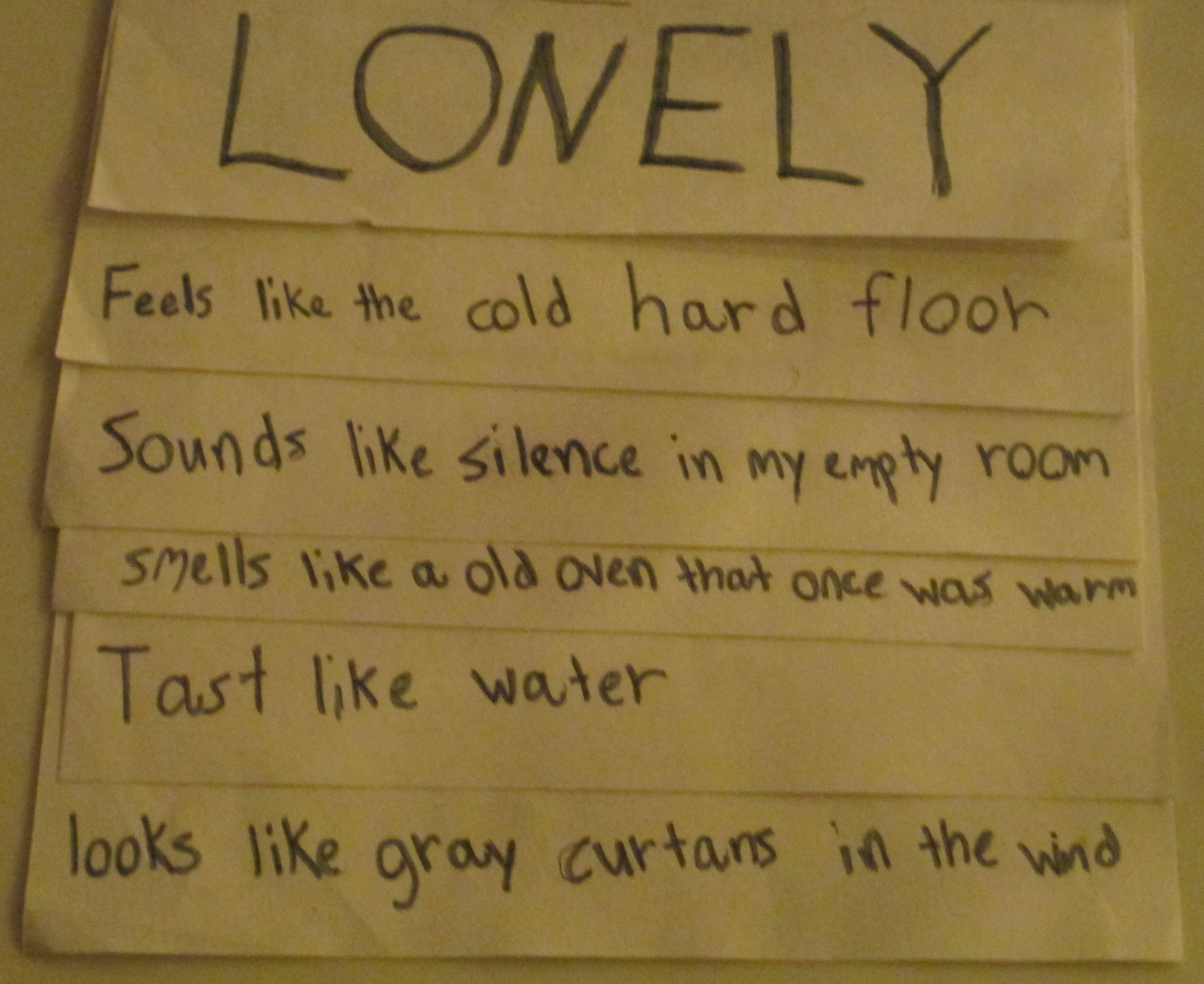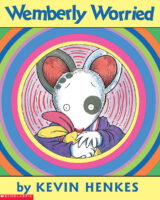If your class needs to transition from essay writing to a poetry unit, your students may have a hard time shifting gears to match the new genre. For fifth-grade teacher Julie Ballew, the exercise below was a great way for her young writers to practice expressive writing by exploring their feelings and using their five senses.
Start With a List of Feelings
To begin this exercise, give each student a list of feeling words. You can create your own list, or use the sample list below which was created by the UCSB Children’s Center.



















